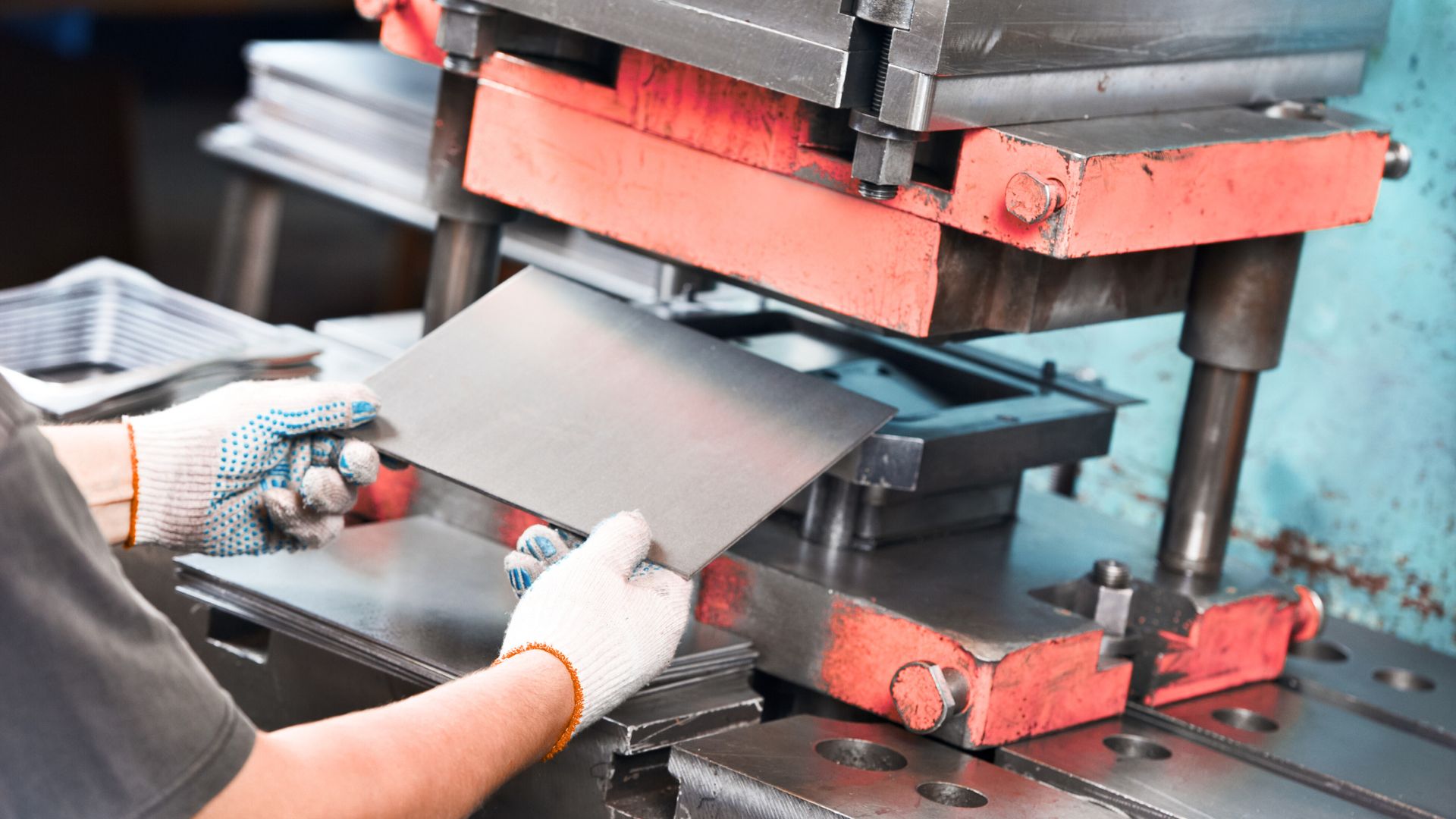China is currently experiencing a downturn in their economy which recently led to the surprising move by the Chinese government to devalue the Yuan. While this development caught many people off-guard, the world now watches to see what will happen next. Most U.S. and global economists agree that this move will have an impact on manufactured industry imports and exports. Analysts argue whether China’s decision is an attempt to ultimately save their economy by improving exports, maintaining manufacturing workforce sizes, and preventing further losses or whether the move is purely an attempt to further internationalize the currency. Though it may still be too early to predict how this impact will directly affect U.S. manufacturers, it is important to look at the possibilities of what could happen over the long term.
Possible Further Depreciation
In a worst case scenario, further depreciation could mean lower costs for imports but rising costs in U.S. export trade, eventually widening the trade gap between the U.S. and China. Pressure on China from U.S. politicians and businesses would rise as arguments to appreciate the currency increase. The move also potentially creates increased competition for China’s manufacturing neighbors. A cheaper Yuan makes Chinese goods relatively more competitive against other ASEAN countries raising the risk that those competing countries devalue their currencies, as well. Along with Japan and Europe, there’s been a push worldwide to depress currencies and raise exports. This has pushed the U.S. Dollar to its highest point in years. A stronger U.S. dollar could mean lower earnings in the U.S. which could hamper U.S. growth. And finally, further depreciation would throw water on the Fed’s plan to raise interest rates which would add additional pressure to the U.S. Dollar and potentially further hamper exports.
Economic Recovery in China
Though the yuan devaluation is very small, when it is converted to other global currencies, the impact can be tremendous. However, there is hope that China’s downturn will be very short-lived and recovery will eventually take place. Some speculate the devaluation rate compared to the U.S. dollar is not large enough to off-set exports or the U.S. economy in the short term. In the best case scenario, China would recover and continue to boom, causing other global economies to boom as well. Or even if the devaluation remains unchanged, the impact on U.S. manufacturing could be minor with little effect on the economy. Overall, as it stands today, there is still no cause for alarm since it’s too early to predict what China’s next decisive move will be and what that will mean for manufacturers.





